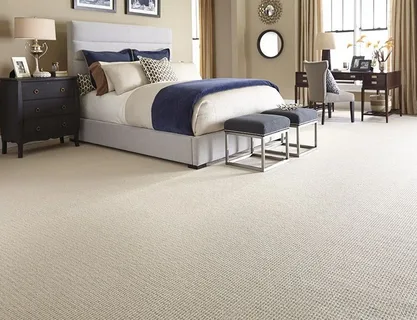You don’t need a plane ticket to get that relaxed, romantic, and sun-soaked European courtyard vibe. With a few smart design choices, your own backyard can offer that same feeling of charm and timeless beauty—without ever leaving home. Whether you’re dreaming of Mediterranean stone paths or Parisian-style garden nooks, recreating a European-inspired outdoor space is about choosing the right textures, furniture, and layout.
The foundation matters most, and nothing sets the tone quite like cobblestone pavers. Their rustic character immediately brings to mind centuries-old villages and cobbled plazas, giving your space an authentic touch that feels both nostalgic and elegant.
Table of Contents
Choose Natural Materials Over Modern Finishes
European outdoor spaces are rarely made from polished concrete or plastic decking. Instead, you’ll find weathered stone, terracotta, aged timber, and wrought iron—materials that tell a story and improve with age.
Here are a few swaps to consider:
- Replace composite or concrete with natural stone or brick for walkways and patios.
- Use timber with a raw, matte finish instead of glossy sealed wood.
- Choose iron or wooden seating with carved details over flat-pack outdoor lounges.
These choices don’t just improve the look—they make the space feel warm and lived-in.
Think in Zones, Not Just Open Spaces
Unlike many modern backyards, European courtyards tend to be broken up into smaller pockets—each with its own purpose. A shaded area for reading, a sunny spot for morning coffee, a quiet bench beside a vine-covered wall.
Try structuring your outdoor space into:
- A dining zone, ideally shaded by a pergola, umbrella, or grapevine trellis.
- A quiet reading corner, with a bistro chair or daybed.
- A central path or plaza, which gives structure and invites wandering.
Using planters, trellises, or low hedges can help create soft boundaries without putting up walls.
Embrace Greenery That Grows Wild
Perfectly trimmed hedges and artificial grass have no place in a European-inspired yard. You want plants that spill, climb, and soften hard edges. Think of overgrown lavender, rosemary, and ivy trailing over stone walls.
Here’s what works beautifully:
- Climbing vines like jasmine or bougainvillea for walls, fences, or pergolas.
- Potted herbs in terracotta — they’re functional and add character.
- Gravel or moss between pavers instead of sterile grout.
The goal is to create a sense of effortless charm, like the garden has been there for decades—even if you only planted it last week.
Let Your Lighting Do the Storytelling
European outdoor lighting tends to feel romantic, understated, and intentional. Rather than bright floodlights or LED strips, think lanterns, candles, and soft-glow fixtures that highlight key areas while leaving others in mystery.
What to consider:
- Wall sconces or hanging lanterns near seating areas or entry points.
- Fairy lights draped over pergolas or between trees.
- Candles in hurricane jars or wrought iron holders for evening dining.
Lighting isn’t just about function—it creates mood and makes the space magical once the sun sets.
Prioritise Patina and Imperfection
The real charm of European design is how little concern it has for perfection. Age, wear, and character are embraced. So don’t worry if your timber table isn’t flawless, or if the stone bench has a few chips.
Lean into:
- Mix-and-match furniture rather than identical sets.
- Worn textiles like linen throws, faded cushions, or canvas umbrellas.
- Decorative antiques or salvaged finds, like wrought iron gates, ceramic pots, or vintage signs.
This adds soul and personality—something you can’t buy from a catalogue.
Add a Central Feature
A well-designed European courtyard often has a focal point. It could be a water feature, a sculpture, a fire pit, or even a large tree that anchors the space.
A few ideas to explore:
- A small tiered fountain or birdbath
- A round dining table in the centre of a paved area
- A woodfire pizza oven, if your space allows
- A statement olive tree or large planter
The goal is to give the eye a resting place and create visual structure in the space.
You don’t need a sprawling estate or endless budget to create an outdoor area that feels like it belongs in Tuscany, Provence, or a sleepy Spanish village. By combining natural materials like cobblestone, aged wood, soft lighting, and layered greenery, you can design a retreat that invites you outside—and makes you want to stay there. Focus on character, texture, and purpose, and you’ll have a space that feels timeless, lived-in, and entirely your own.



